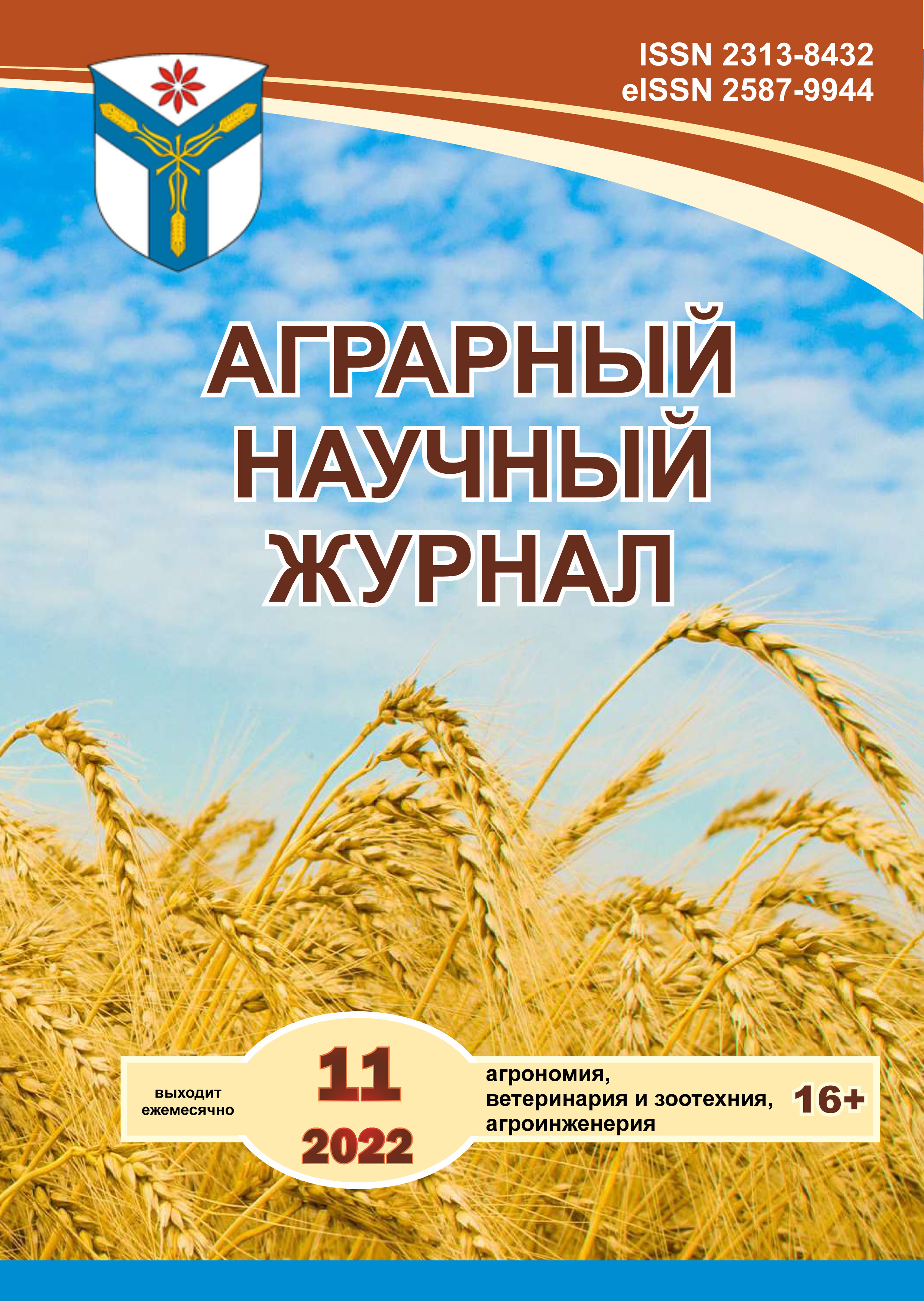The influence of recycled sludge sewage sludge on the morphological parameters of the species of Quercus robur L.
DOI:
https://doi.org/10.28983/asj.y2022i11pp64-67Keywords:
oak petiolate, sludge sewage, growth, developmentAbstract
Petiolate oak is one of the main forest–forming species not only in the European part of Russia, but also in arid regions - in the Kamyshinsky district of the Lower Volga region, on the Terek, Tereklinsky and Kuma sands of the Nogai steppe, in the Astrakhan semi-desert, Samara and Orenburg regions. Its durability and stability allow us to recommend the cultivation of this species in plantings for various purposes. Protective forest plantations make changes in agricultural landscapes, having a large organic mass, redistributing biological potential. Accelerated growth, durability of trees in protective forest stands is determined, first of all, by the provision of species with nutrients. The modern strategy of agriculture based on chemicalization leads to an increase in erosion processes, and as a result, a decrease in the level of soil fertility. Recently, environmental "green" technologies have become very relevant, so there is a need to find new ways to solve the problems of soil degradation and fertility, search for effective non-traditional fertilizers and meliorants. The use of silt and bottom sediments in the creation of protective forest crops in the arid zone remains poorly studied, but is of great practical interest. It has been established that the use of disinfected sewage sludge gives a positive effect in the cultivation of oak seedlings, ensuring its need for the necessary nutrients. For the entire time of the experiment, the use of bottom sediments from the point "Sukhodol" showed the best result. Together with the growth of the apical shoots of the petiolate oak, the growth of phytomass, the rate of growth and development increased. Undemanding to soil conditions, the petiolate oak is quite capable of growing in ravine-girder and landscaping plantings on various types of soils. It is necessary to continue studying non-traditional fertilizers and meliorants, their composition, features and unique properties. Their introduction into agriculture will allow solving fundamental problems and issues of soil fertility (increasing phytomass reserves and preserving the fertile layer), the formation and maintenance of stability and productivity of agrobiocenoses.
Downloads
References
Березнев А. П., Томин А. П. Эффективность применения различных доз осадков сточных вод под многолетние травы // Мир Инноваций. 2015. № 1-4. С. 26–32.
Оценка фитотоксичности как первый этап эколого-биологической оценки влияния продукта пиролиза илов сточных вод на почвы / В. И. Кулагина [и др.] // Вестник Технологического университета. 2018. Т. 21. № 1. С. 164–168.
Калиниченко К. В., Никовская Г. Н., Ульберг З. Р. Биотрансформация илов биологической очистки муниципальных сточных вод в удобрения // Биотехнология. 2014. Т. 30. № 5. С. 59–65.
Гигиеническое обоснование возможности использования ила из сооружений по очистке сточных вод в качестве органического удобрения / А. К. Маненко [и др.] // Гигиена и санитария. 2020. Т. 99. № 3. С. 259–264. DOI: 10.33029/0016-9900-2020-99-3-259-264.
Межевова А. С. Нетрадиционные природные и техногенные удобрения-мелиоранты и их возможности // Вестник аграрной науки Дона. 2016. № 4(36). С. 78–83.
Османьян Р. Г. Влияние осадков сточных вод на поведение тяжелых металлов в системе почва – растение [Опыты на сое] // Экологическая безопасность в АПК. Реферативный журнал. 2010. № 1. С. 52.
Плескачев Ю. Н., Межевова А. С., Шевцова Л. П. Технология возделывания сафлора красильного с использованием илового осадка и чизельной обработки почвы // Научная жизнь. 2019. Т. 14. № 11-99. С. 1667–1674. DOI: 10.35679/1991-9476-2019-14-11-1667-1674.
Downloads
Published
Issue
Section
License
Copyright (c) 2022 The Agrarian Scientific Journal

This work is licensed under a Creative Commons Attribution-NonCommercial-NoDerivatives 4.0 International License.








